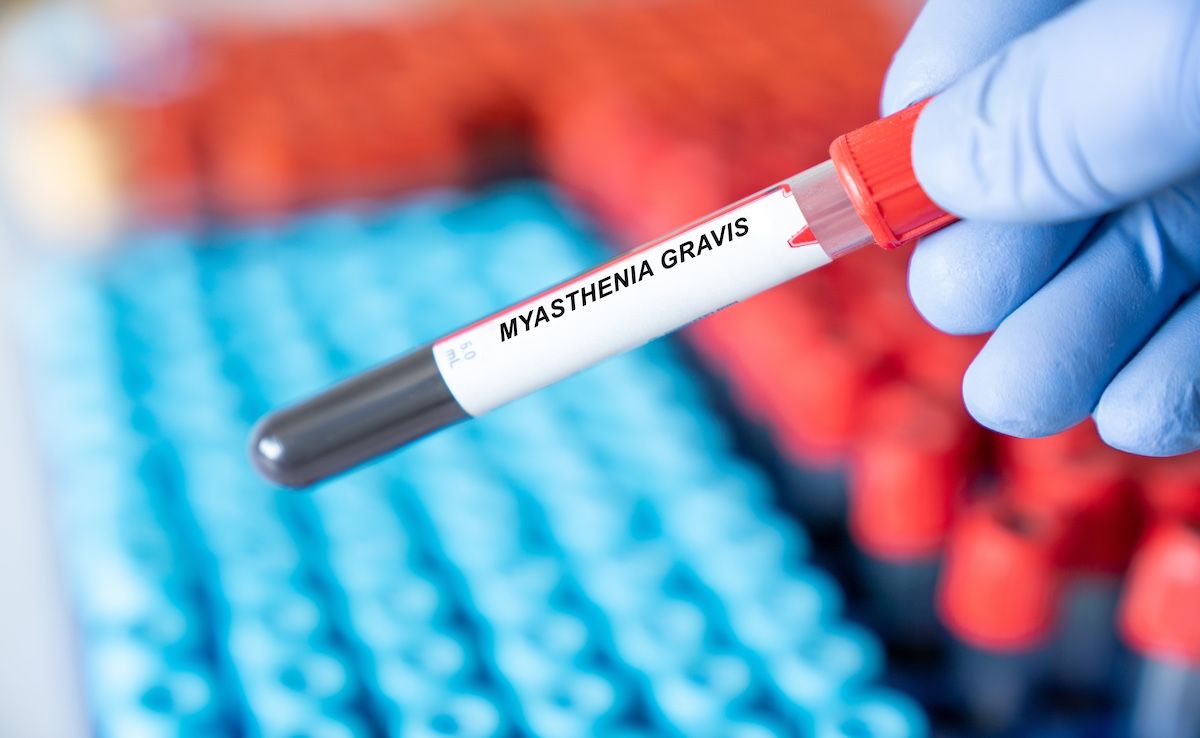News
Article
Top 5 Most-Read Immunology Articles of 2024
Author(s):
Across 2024, top immunology news focused on ankylosing spondylitis, psoriatic arthritis, and rheumatoid arthritis, highlighting studies on gut bacteria, radiographic progression, socioeconomic factors, and bimekizumab's persistent efficacy across multiple disease states.
Across 2024, our top news in immunology was concentrated in 4 disease states—ankylosing spondylitis, psoriatic arthritis, rheumatoid arthritis (RA), and axial spondyloarthritis (axSpA)—and bimekizumab, an IL-17A/17F inhibitor that now has 5 FDA-approved indications in the US. Here are our top 5 immunology articles for the year.
Please also visit our dedicated immunology page for exclusive content from the space.
5. Gut Bacteria Tied to Ankylosing Spondylitis Severity
The study at the center of this article examined a potential connection between gut microbiota and its influence on ankylosing spondylitis pathophysiology. Forty-seven studies, 2494 patients with ankylosing spondylitis, and 1885 healthy controls were covered in this analysis, which ultimately determined that reduced α-diversity is correlated with increased disease activity. Investigators incorporated use of the Chao1 index to evaluate bacteria species richness and the Shannon and Simpson indexes to evaluate bacteria species richness and evenness.
4. Bimekizumab Shows Persistent Efficacy, Safety in Psoriatic Arthritis at 52 Weeks
Prior to its November 20 approval to treat the autoimmune disease, in which the body’s immune system attacks healthy tissue in the joints, tendons, or spine, results from the BE OPTIMAL (NCT03895203), BE COMPLETE (NCT03896581), and BE VITAL (NCT04009499) trials showed bimekizumab to be consistently effective at 1 year. Data from these investigations demonstrated that regardless of methotrexate coadministration, bimekizumab was safe and effective among these difficult-to-treat patients. American College of Rheumatology 50% (ACR50) response criteria were used by the study authors to evaluate bimekizumab’s efficacy and safety.
Our top immunology news this year highlighted studies on gut bacteria, radiographic progression, socioeconomic factors, and bimekizumab's persistent efficacy. | Image Credit: © ibreakstock-stock.adobe.com

3. Preexisting Structural Damage, Inflammation Linked With Radiographic Progression in Patients Treated for AxSpA
This post hoc analysis of the SURPASS study (NCT03259074) was presented at the European Alliance of Associations for Rheumatology 2024 Annual Congress of Rheumatology (EULAR). Univariate and multivariate analyses showed that in patients with axSpA, radiographic progression of their disease over 2 years was linked with having baseline syndesmophytes and spinal structural damage. Among the 288 patients included in this investigation, 99 received 150-mg secukizumab, 95 received 300-mg secukizumab, and 94 received the adalimumab biosimilar.
2. Bimekizumab Shows Long-Term Efficacy in Nonradiographic AxSpA, Ankylosing Spondylitis
These findings from another study presented at EULAR echo the results of the BE OPTIMAL, BE COMPLETE, and BE VITAL investigations on the long-term efficacy of bimekizumab, but this time in different immune-mediated disease states. In this interview with Xenofon Baraliakos, MD, PhD, he discusses results of the BE MOBILE 1 (NCT03928704) and BE MOBILE 2 (NCT03928743) studies, conducted in patients living with axSpA and ankylosing spondylitis. He highlighted that close to half of patients administered bimekizumab achieved and maintained ASA40, or a 40% or greater improvement in signs and symptoms of axSpA.
1. Persistently Active Rheumatoid Arthritis Linked With Socioeconomic Factors
Age, gender, and living in a socially deprived area were linked in this analysis to persistently active RA. These socioeconomic factors were just a few—the others being employment, ethnicity, and smoking status—evaluated for their influence on patient outcomes while living with rheumatoid arthritis. In the study, patients were classified as having persistently active RA, or having consecutive Disease Activity Score-28 joints (DAS28) above 3.2 at baseline, 3 months, and 12 months, or persistently low RA, which meant having DAS28 of 3.2 or lower at 3 months and 12 months.





